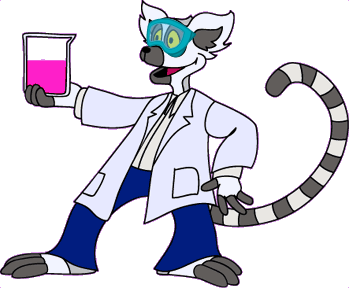


Where oh where did anybody get the idea to make a polymer? Well, before people made polymers, they used polymers. You probably already knew that from the natural polymers page! Long, long ago, people from different parts of the world spun flax to make linen cloth, wore animal hides and fur, used silk worms to make silk, or gathered rubbery gunk that oozed out of the rubber tree. Oh, and don't forget lunch! They also ate starchy foods.
Well, people came along who were curious. They wondered what was going on, and why these materials act the way they do. They asked questions, and tried some ways to make the materials better. Sometimes they planned out an experiment, and sometimes luck - or a spill - gave them an answer.
Let's look at some examples of how people learned to change natural polymers so they'd be easier or better to use.
These polymers started out as cellulose, then became something different.

Another way that natural polymers influenced synthetic polymers was during shortages, like during World War II when there wasn't enough silk or rubber to go around because we were at war with the countries that produced them. So people figured out ways to make their own polymers similar to these natural products - namely nylon and synthetic rubbers.
Polyisoprene
SBS Rubber
Polybutadiene
Polyisobutylene
Silicone
Synthetic Fleece: Polyester
Polyethylene
Polyester
Polyurethane
PVC
Saran
Polycarbonate
Epoxy Resins
Polystyrene
Polypropylene
PMMA
ABS

|
Return to Making Stuff |

|
Return to Main Page |